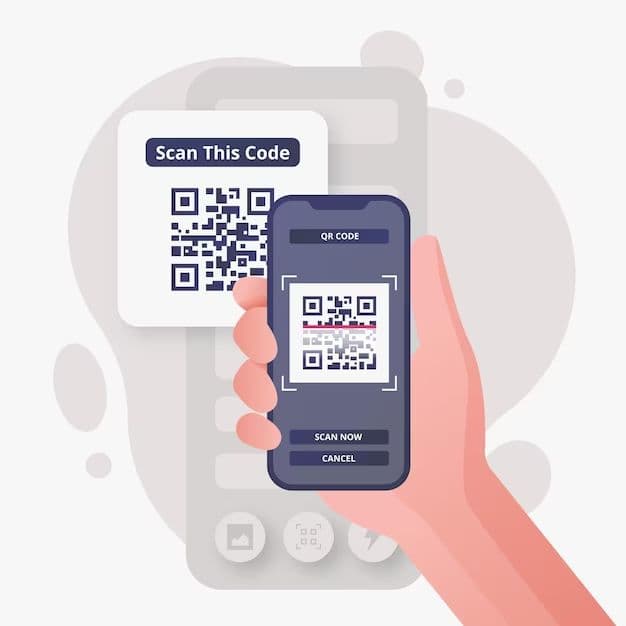UPI vs NFC Payments: A Comprehensive Comparison of Digital Payment Technologies

UPI vs NFC Payments: A Comprehensive Comparison of Digital Payment Technologies
In an increasingly digitized world, the way we handle money has undergone a significant transformation. Among the most popular technologies revolutionizing payment systems are UPI (Unified Payments Interface) and NFC (Near Field Communication) payments. Both technologies have dramatically impacted how consumers and businesses approach transactions, offering speed, convenience, and security. However, while they serve similar end goals, the mechanisms, user experiences, and underlying infrastructures differ vastly. In this blog, we delve deep into both UPI and NFC payment systems, analyzing their working, advantages, limitations, and the future of digital payments in India and globally.
1. Introduction to Digital Payments
Digital payments have surged, driven by smartphones, internet penetration, and a growing need for contactless, cashless transactions. The pandemic accelerated this trend, leading to a paradigm shift in consumer behavior. Two standout technologies are UPI and NFC, each with distinct use cases and technical frameworks.
2. What is UPI?
Unified Payments Interface (UPI) is a real-time payment system developed by the National Payments Corporation of India (NPCI). Launched in 2016, UPI allows users to link multiple bank accounts to a single mobile application, facilitating seamless fund transfers, bill payments, and merchant transactions.
Key Features of UPI:
- Real-time money transfers 24x7
- No need to remember bank details
- Use of Virtual Payment Address (VPA)
- High-level security with two-factor authentication
- Integration with multiple platforms like Google Pay, PhonePe, Paytm, BHIM, etc.
3. What is NFC Payment?
Near Field Communication (NFC) is a short-range wireless technology enabling two devices to communicate when brought within 4 cm of each other. NFC payments, often referred to as contactless payments, use radio-frequency identification (RFID) to transmit payment information from a card or smartphone to a payment terminal.
Popular NFC Platforms:
- Google Pay (NFC enabled)
- Apple Pay
- Samsung Pay
- Contactless Debit/Credit Cards
4. How UPI Works
- A user opens a UPI-enabled app
- Selects the recipient via mobile number, VPA, or QR code
- Enters the amount and authenticates via MPIN
- Money is transferred instantly from bank to bank
Backend Infrastructure:
- NPCI handles the settlement
- Banks act as PSPs (Payment Service Providers)
- IMPS-based transaction routing
5. How NFC Works
- User taps their NFC-enabled device/card near a POS terminal
- The terminal reads payment credentials stored on the device
- Transaction is authenticated via biometrics, PIN, or tokenization
- Funds are transferred to the merchant account
Backend Infrastructure:
- Card networks like Visa, MasterCard, and RuPay
- Banks and merchant acquirers
- Tokenization for secure credential storage
6. Security Comparison
UPI Security:
- Two-factor authentication
- Mobile number and MPIN requirement
- Bank-grade encryption
NFC Security:
- Tokenization replaces card details with encrypted tokens
- Biometric authentication on mobile phones
- Less secure on lost/stolen cards (tap-and-pay feature)
8. Advantages of UPI
- Works on any smartphone with internet
- No need for a physical card or POS terminal
- Zero MDR for P2P transactions (until recently)
- Highly accessible for rural and semi-urban users
Advantages of NFC:
- Extremely fast transaction times
- No internet required for tap-and-pay
- Seamless integration with wallets and smart devices
9. Limitations
UPI:
- Requires stable internet
- Transactionilures during peak times
- Limited international usability
NFC:
- Requires specific hardware (NFC chip, POS terminals)
- Not widely adopted in small businesses or rural areas
- Potential misuse if device is stolen
10. UPI vs NFC: A Comparative Table
FeatureUPINFCInternet RequirementRequiredNot necessarily requiredHardware RequirementSmartphone with internetNFC-enabled device and terminalPopularity in IndiaExtremely highLimited to urban areasInternational UsabilityLimitedWidely acceptedSecurityStrong (2FA)Strong (tokenization & biometrics)SpeedFastUltra-fast Merchant Setup CostLowHigher (POS setup)
11. Adoption in India and Globally
India has seen an unprecedented rise in UPI adoption, with billions of transactions monthly. Government initiatives like Digital India, zero-cost merchant onboarding, and QR-code acceptance have fueled this growth. NFC adoption, on the other hand, has been slower due to hardware limitations and cost, though it is gaining traction in metro cities and among affluent users.
Globally, NFC is more popular due to existing card infrastructure and higher smartphone penetration. Apple Pay and Google Pay (NFC) dominate in regions like the US, UK, and parts of Europe.
12. Future of UPI and NFC
UPI’s Future:
- Integration with international payment systems (e.g., Singapore, UAE)
- Credit on UPI
- Voice-enabled UPI for feature phones
- Biometric authentication
NFC’s Future:
- Wider availability of NFC-enabled smartphones
- Government incentives for contactless POS terminals
- Use in IoT ecosystems and wearables
13. Conclusion
While UPI and NFC both aim to streamline digital transactions, they cater to different user needs and environments. UPI is a boon for the Indian ecosystem, empowering millions with easy and secure access to banking. NFC shines in high-speed, high-value retail environments globally. As the digital payment space evolves, a hybrid model incorporating both technologies could emerge, delivering the best of both worlds.
For consumers and businesses, understanding the nuances of UPI and NFC is crucial to leveraging the most efficient payment methods suited to their specific needs.
14. References and Further Reading
- National Payments Corporation of India (www.npci.org.in)
- RBI Annual Report on Digital Transactions
- Google Pay and Apple Pay Official Documentation
- Research papers on NFC and UPI transaction security